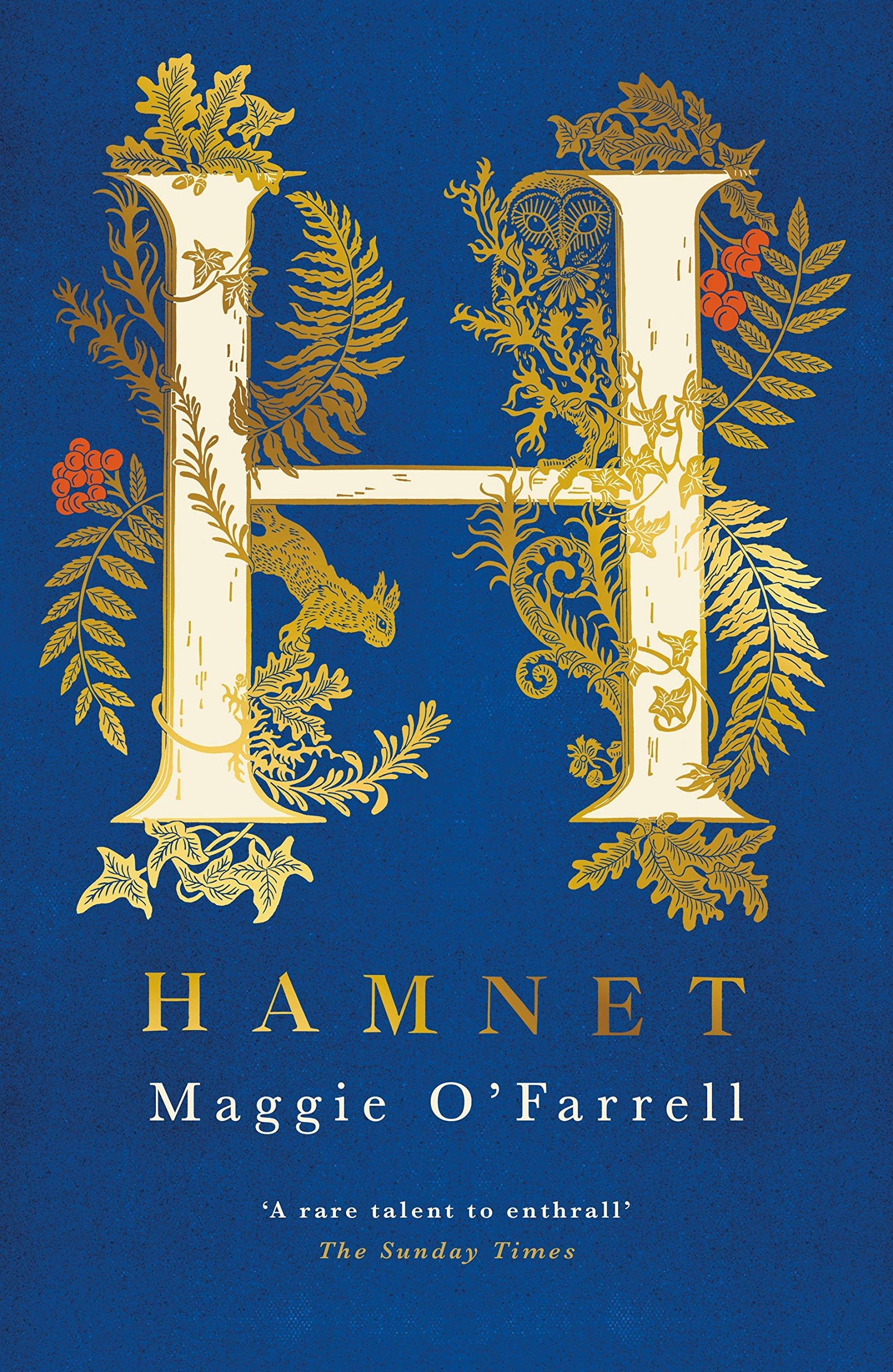A Heartfelt Journey Through Grief and Love: A Review of Hamnet by Maggie O’Farrell
When I first picked up Hamnet by Maggie O’Farrell, it was right at the onset of the pandemic, a time when the world felt delicately balanced between chaos and stillness. Discovering a fiction narrative that interweaves historical elements with profound emotional depth felt both timely and necessary. After reading it again in June 2021 for our book group, I found that my connection to the text had deepened, revealing layers I hadn’t initially noticed.
In Hamnet, O’Farrell delves into the life of William Shakespeare and his family, but rather than focusing solely on the playwright, she lovingly breathes life into his twin children, Hamnet and Judith, and his wife, Agnes (more famously known as Anne Hathaway). This shift in perspective distinguishes Hamnet from other historical novels, offering a glimpse into the intense struggles of a mother and the unbreakable bond between twins, set against the haunting backdrop of the plague.
The novel’s core theme revolves around love and loss. O’Farrell beautifully captures the essence of motherhood through Agnes, portraying her not just as Shakespeare’s wife but as a strong, otherworldly figure rooted in folklore, embodying both wisdom and vulnerability. The depiction of the twins is equally poignant; O’Farrell crafts their connection with such sensitivity and intimacy that it resonates deeply with anyone who has experienced profound familial bonds or loss.
The writing is lyrical and immersive. O’Farrell reclaims the 16th century with striking detail, using present tense narration that pulls readers directly into the heartbeat of the story. At first, the pacing felt languid, particularly in the earlier chapters, evoking a dreamlike quality that might seem frustrating. Yet, this careful unfolding allows readers to savor the rich context and character development—a narrative technique that soon pays off as the story shifts toward the tragic climax.
One of the standout moments for me was O’Farrell’s exploration of the plague and its chilling mirror to our own world, weaving together past and present in touches that stung with familiarity. The passage discussing the inadequacy of personal protective measures evokes a collective resonance—reminded me of the uncertainty and helplessness we often felt during lockdowns.
A quote that struck me profoundly captures the essence of grief, “What is given may be taken away, at any time. Cruelty and devastation wait for you around corners…” This line encapsulates the fragility of life, a truth that many of us have come to understand more intimately in recent times.
In the final sections, as we navigate the aftermath of Hamnet’s death, the tone shifts from the ethereal to raw and visceral. There’s a powerful scene of burial that echoes the haunting themes of grief presented in George Saunders’ Lincoln in the Bardo, illustrating how deeply the loss affects Agnes and how Shakespeare responds to it through his art. The parallels O’Farrell draws between the personal and the creative are hauntingly beautiful.
Hamnet isn’t just a historical novel; it’s an exploration of love’s complexities and the scars that loss can leave behind. I would recommend this book to anyone who appreciates poetic prose and intricate family dynamics tinged with historical significance. Whether you’re a longtime Shakespeare enthusiast or a newcomer to his world, O’Farrell’s narrative offers something profoundly human and true.
In a time when we were all grappling with our own losses and uncertainties, Hamnet provided a lens not just into the past but also into our shared humanity. This book isn’t merely to be read; it’s to be felt, reflected upon, and cherished.







